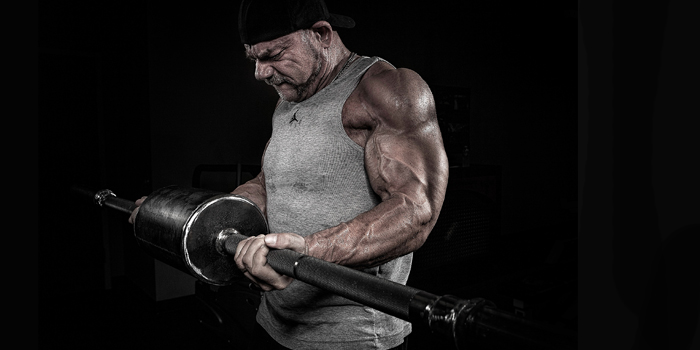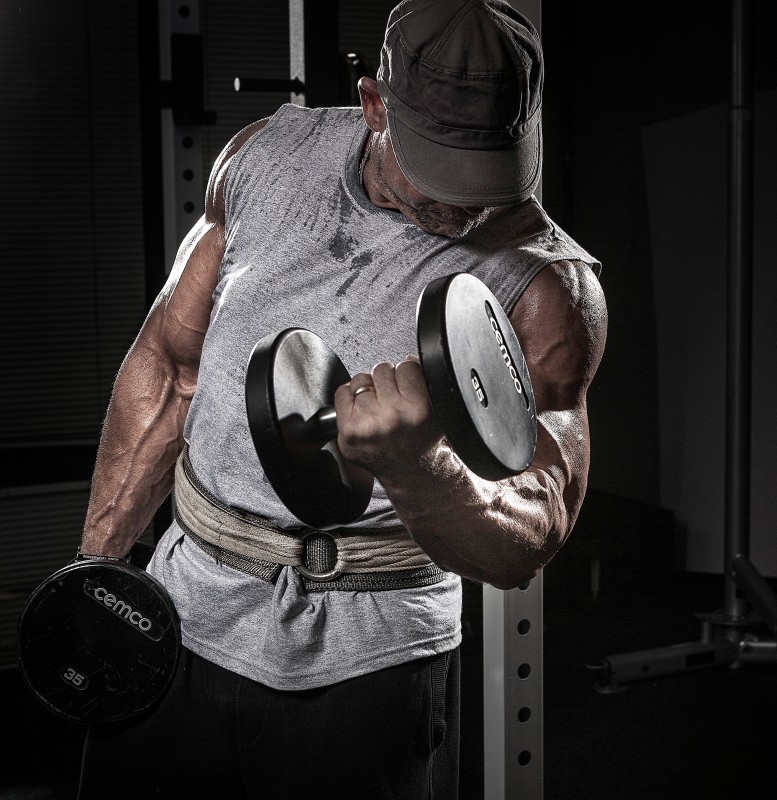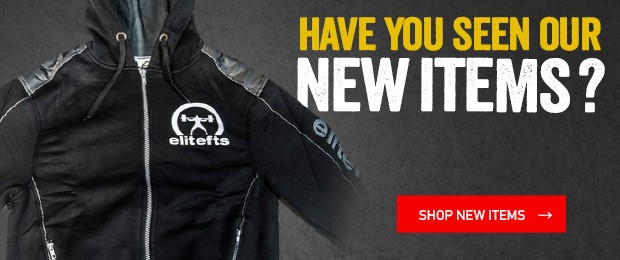
Instead of "should powerlifters curl," I think the question really is, "should powerlifters train their biceps?" The general myth behind this that I grew up with and that many others still believe today is that powerlifters should not train the biceps because all you're going to do is to develop muscle—which isn't really the primary mover in any of the three powerlifts—and build it up in such a way that's going to make it more inclined to tear when you're doing deadlifts. I've seen powerlifters tear their biceps who've done curls and who have not done curls. I don't think the question of increasing the likelihood of tearing the bicep is really of substance. If someone is dominant in the curls in such a way that they curl the bar as they pull it instead of letting their arms hang as levers, it could lead to a tearing of the biceps. But simply growing the biceps won't do this.
RELATED: Wenis and Wagina Training: Elbow Position Is Everything
The reason why I think powerlifters should train their biceps doesn't have to do with the bicep being the prime mover (it's not) or even for that matter, the bicep being stronger. I actually advise that we train the biceps and train them to not be that much stronger. If growth occurs, so be it, but that's not going to be the primary goal in the reason why you train the biceps. The primary goal for training the biceps is to prevent injury from happening and to prevent unnecessary layoffs.
Pronation and Supination
Let's talk about what happens in the sport of powerlifting and look at it from a little more functional standpoint. When you squat you use a pronated grip. When you bench press you use a pronated grip. In most of the exercises you do, if not all the exercise you do as a powerlifter, you're using a pronated grip. Occasionally in the form of a dumbbell row you may be using a neutral grip. Very seldom, if ever, is a lifter going to use a supinated grip except for when they deadlift and it's only going to be with one arm. What you don't use, you lose.
In the case of powerlifters, many times you'll find lifters who don't have the flexibility to even grab a barbell for a supinated grip curl. This falls back to what I just wrote about. If you don't use it, you lose it. When you lose the ability or you lose your supinators, which are the muscles that are responsible for the supination, they're coming to become tighter, they're going to become more weaker, they're going to become more brittle. When you go to deadlift you have to use your supinators for that underhand grip. They're put under strain and they're not used to being in that position and you're forcing them into a position that they're not comfortable being in. Eventually something's going to go. If it's not your bicep tearing then what you're going to experience is forearm pain, perhaps in the squat. You'll also experience forearm and elbow pain on the eccentric part of the bench press.
A lot of the times, the forearm pain and the elbow pain that you're getting isn't coming from triceps or overuse of the triceps. What it's actually coming from is the inability and the lack of flexibility, mobility and, to a certain degree, strength of your supinators because you're never using them. This can get so bad that just grabbing a barbell is impossible. For some people, grabbing a curl bar is impossible. What you don't want to do is to grab dumbbells and start banging out heavy sets of hammer curls. Typically, if powerlifters are going to do curls they are going to do strong hammer curls to try to build up the forearms to aid in the stabilization of lowering the bench press. Once again, when you're training the forearms it's in a neutral grip. It's not in that supinated grip and now you're going to overload that neutral grip, which is creating more imbalance between supinators and pronators.
Start Light and Stay Light
What I recommend is very light dumbbells. When I say light I mean 10, 15, 20 pounds at the most for dumbbell curls. You're going to do alternating dumbbell curls. Do one arm at a time while leaving the other arm holding the dumbbell. Turn your wrist out as far as you comfortably can. You're not going to get it to a full supinated position as it would be with the barbell. Don't let your body turn to accommodate it. Just turn the wrist. Use the supinators. Get to a max position and then come off the max position just a little bit. From that position there, using the light dumbbells, do a set of 10 repetitions. Then hold the dumbbell in the hand in that supinated position and then do 10 with the other arm. Rack the weight and then do three sets. If you begin to do that three to four times per week, keep in mind this is nothing that's going to make you sore. We're talking lightweight. All we're really talking about here is getting the supinators to start getting the mobility back to where it's supposed to be.
RELATED: Post-Meet Training — What to Do the First 9 Weeks After Competition
If you do this three or four times a week, you're going to find over a period of four to five weeks that you will then be able to grab a barbell to do barbell curls. When you get to the point where you can grab a barbell to do barbell curls, the next progression I'd use is to do a seated barbell curl where you sit on the bench. You can start from the bottom or you can start from the bar in your lap. You curl up to your chin or as high as you can get it. Everybody's going to be different based on the size of their arms and then back down just using the bar. If you can't use the bar, use a curl bar. Use a lighter bar. Then progress into being able to do three sets of 10 repetitions. For most people, this is going to take two to three weeks.
After that, then work into doing standing barbell curls for a couple sets of 10, two times per week because now you have the supinators back to where they're supposed to be, in a position where they can handle a heavy pull without doing the strain of a heavy pull as long as you're not curling the bar as you deadlift. By that type you should notice your forearm pain and your elbow pain should be getting better. At this point, if you wanted to you could begin loading the bar and try to build bigger biceps if you want.
I am still old school, though. I don't see the value of trying to build giant biceps as far as balancing out being a powerlifter. I certainly wouldn't overdo any type of pull work. I would actually suggest just staying with the bar, maybe a dime per side, and just working on strict form. Make sure you're getting the full range of motion so you can keep the supinators opened up where they're supposed to be, to prevent the elbow, forearm, and bicep areas that are competent in the sport of powerlifting.












5 Comments